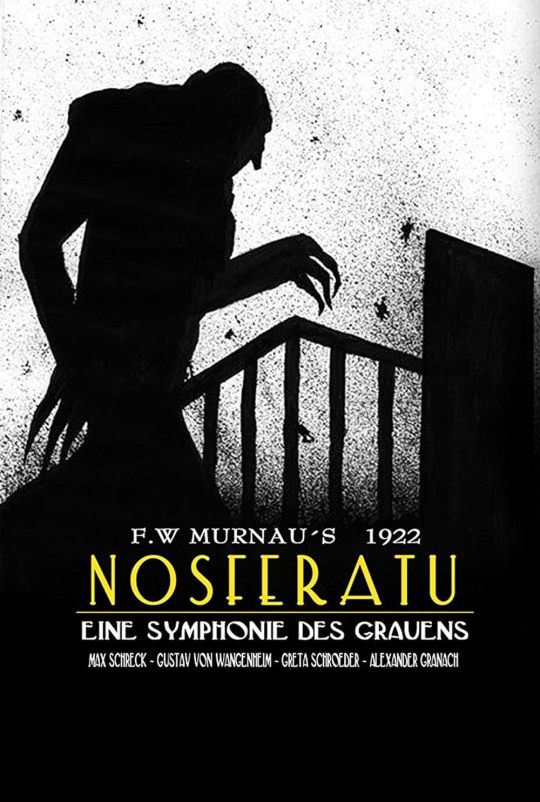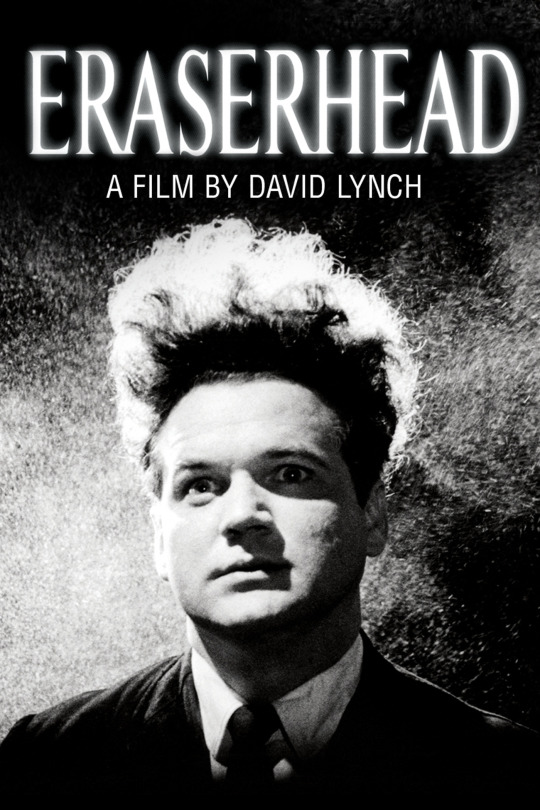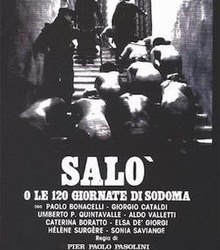🌑 Welcome to the Eternal Shadows Gazette: Unveiling the Mysteries of the Unseen 🌑 Dear Seeker of the Unexplained, In the shadowed corners of existence, where the mundane meets the mysterious, lies a realm of secrets waiting to be unraveled. Welcome to the Eternal Shadows Gazette, your gateway to the paranormal, the occult, horror, poetry, stories, and the myriad enigmas that inhabit the twilight hours. 🔮 Here, We Dance with the Paranormal 🔮 Delve into the realm where the supernatural mingles with reality. Explore ghostly apparitions, cryptic phenomena, and unexplained encounters. Our pages are adorned with tales that defy explanation and provoke wonder. 🕯️ Illuminating the Occult and Esoteric 🕯️ Journey with us through the esoteric arts and practices, where ancient wisdom meets modern mysticism. Discover the hidden meanings, explore ancient rituals, and unlock the arcane knowledge that resides within. 👻 Embrace the Horror, Embrace the Fear 👻 For those drawn to the spine-tingling, the macabre, and the bone-chilling, our horror section beckons. Here, we revel in the art of fear, weaving tales that will leave you both exhilarated and haunted. 📜 Poetry: Whispers of the Soul 📜 In the lyrical cadence of verse, we find the soul's deepest expressions. Our poetry section is a sanctuary for those who seek solace, inspiration, and the enchantment that words, carefully chosen, can bring. 📚 Stories That Transcend Time 📚 Step into worlds both fantastical and familiar, where stories come to life and characters breathe. From epic sagas to poignant vignettes, our stories will transport you to realms beyond imagination.
Don't wanna be here? Send us removal request.
Text
Title: Shadows of the Soul: Exploring the Macabre in Cinematic History
Introduction
In the realm of cinema, there exists a genre that delves into the darkest recesses of the human psyche, unearthing our deepest fears and confronting mortality head-on. These are the macabre movies, hauntingly crafted tales that linger in the shadows of our minds long after the credits roll. In this article, we embark on a melancholic journey through some of the most macabre films in history, exploring the artistry in their morbidity and the echoes they leave within our souls.
I. Nosferatu (1922) - A Dance with the Undead

The silent masterpiece "Nosferatu" is a symphony of shadows, weaving a tale of vampiric terror that transcends time. Its expressionistic cinematography and the haunting portrayal of Count Orlok evoke a sense of dread that lingers like a phantom ache.
II. Eraserhead (1977) - A Descent into Nightmarish Realities

David Lynch's "Eraserhead" is a surreal odyssey into a world of industrial decay and existential dread. The grotesque imagery and dissonant soundscape create an atmosphere of visceral discomfort, plumbing the depths of human anxiety.
III. Salò, or the 120 Days of Sodom (1975) - The Abyss of Human Depravity

Pier Paolo Pasolini's "Salò" stands as a harrowing exploration of power, sadism, and the degradation of the human spirit. Set against the backdrop of fascist Italy, it forces viewers to confront the darkest corners of humanity's capacity for cruelty.
IV. Begotten (1990) - Birth and Death in a Realm of Desolation

E. Elias Merhige's "Begotten" is a visceral tone poem, a visual maelstrom depicting creation and destruction in an uncanny, desolate landscape. Its grainy, monochromatic aesthetic immerses viewers in a nightmarish dreamscape.
V. Martyrs (2008) - The Pursuit of Transcendence through Suffering

Pascal Laugier's "Martyrs" is an unflinching exploration of the human spirit's resilience in the face of unimaginable torment. It delves into the existential questions of pain, sacrifice, and the possibility of transcendence.
VI. Antichrist (2009) - Nature's Malevolence and the Unraveling Mind

Lars von Trier's "Antichrist" is a psychological descent into madness, exploring the intertwining of grief, nature's malevolence, and the fragility of the human psyche. Its haunting imagery and relentless emotional intensity leave an indelible mark.
Conclusion: Shadows as a Mirror
These macabre films, though unsettling, serve as a mirror to our deepest fears and existential ponderings. They remind us of the fragile nature of our existence, prompting reflection on the human condition. In their melancholic beauty, they challenge us to confront the shadows within ourselves, ultimately offering a catharsis that transcends the screen. For in the macabre, we find a reflection of our own mortality, a reminder to cherish the light that flickers even in the darkest of hours.
#MacabreCinema#DarkFilmClassics#HorrorMasterpieces#CinematicNightmares#GothicFilms#CreepyClassics#EerieCinematography#GrimRealities#SurrealHorror#ChillingCinematicExperience#HauntingVisions#NightmarishNarratives#DisturbingFilmography#CinematicTerrors#SpineChillingStories#VisceralCinema#ArtHouseHorror#DarkAesthetic#HorrorIcons#GrimCinematicJourney
0 notes
Text
Title: Capturing the Departed: Post-Mortem Photography in the Victorian Era
Introduction
In the Victorian era, a peculiar but poignant practice emerged: post-mortem photography. This art form, born out of the intersection of mourning culture, technological advancement, and the human desire to preserve memory, offers a fascinating glimpse into the ways in which death was both acknowledged and commemorated during this period.

A Glimpse into Victorian Mourning Culture
During the 19th century, death was an ever-present aspect of life, with high mortality rates due to various diseases and limited medical advancements. Families often faced the loss of loved ones, particularly children, and the practice of post-mortem photography served as a means of preserving their memory.
The Birth of Post-Mortem Photography
The invention of the daguerreotype in 1839 revolutionized the field of photography. This early form of photography required long exposure times, making it challenging to capture living subjects. However, the deceased, in their stillness, were ideal subjects for this new art form.
Commemorating the Departed
Post-mortem photographs sought to present the deceased in a peaceful and lifelike manner. The departed were often posed in repose, surrounded by flowers or other symbolic objects. In some instances, they were depicted with their eyes open, giving the illusion of life.
A Family Affair
These photographs were not solely for the morbid fascination of the living. They served as a form of closure for grieving families. They provided a tangible memento, a final image to hold onto, immortalizing the departed in a way that painting or drawing never could.
The Evolution of Styles
As photography techniques advanced, so did the art of post-mortem photography. Ambrotypes and tintypes, which replaced the daguerreotype, allowed for quicker exposure times and cheaper production. This made the practice more accessible to a broader range of society.
Challenges in Identification
One intriguing aspect of post-mortem photography lies in the difficulty of discerning the living from the deceased in some images. The meticulous care taken to present the departed as if they were merely asleep often blurs the line between life and death.
Changing Attitudes Towards Death
As the 19th century progressed, attitudes towards death began to shift. Advances in medical science, coupled with cultural changes, led to a decrease in child mortality rates. This, in turn, influenced a decline in the practice of post-mortem photography.
Legacy and Remembrance
While post-mortem photography may seem macabre by today's standards, it offers a poignant insight into Victorian mourning practices and the complex relationship between life and death. These photographs, though somber, stand as a testament to the enduring human need to remember and commemorate those who have passed.
Conclusion
Post-mortem photography in the Victorian era provides a unique window into a society's approach to death, grief, and memory. It reflects the intersection of technological progress, cultural attitudes, and the enduring human desire to preserve the essence of those we have lost. These haunting yet touching images continue to fascinate and provoke contemplation, reminding us of the enduring power of remembrance.
#VictorianEra#PostMortemPhotography#MourningCulture#RememberingTheDeparted#VictorianMemories#InMemoriam#EternalRemembrance#19thCenturyTraditions#GoneButNotForgotten#VictorianGrief#HistoricalPhotography#VictorianMourning#PostMortemMemories#RememberingLovedOnes#VictorianTribute#PhotographingTheDeparted#VictorianLegacy#EternalRest#CulturalTraditions#TributeToTheDeparted
0 notes